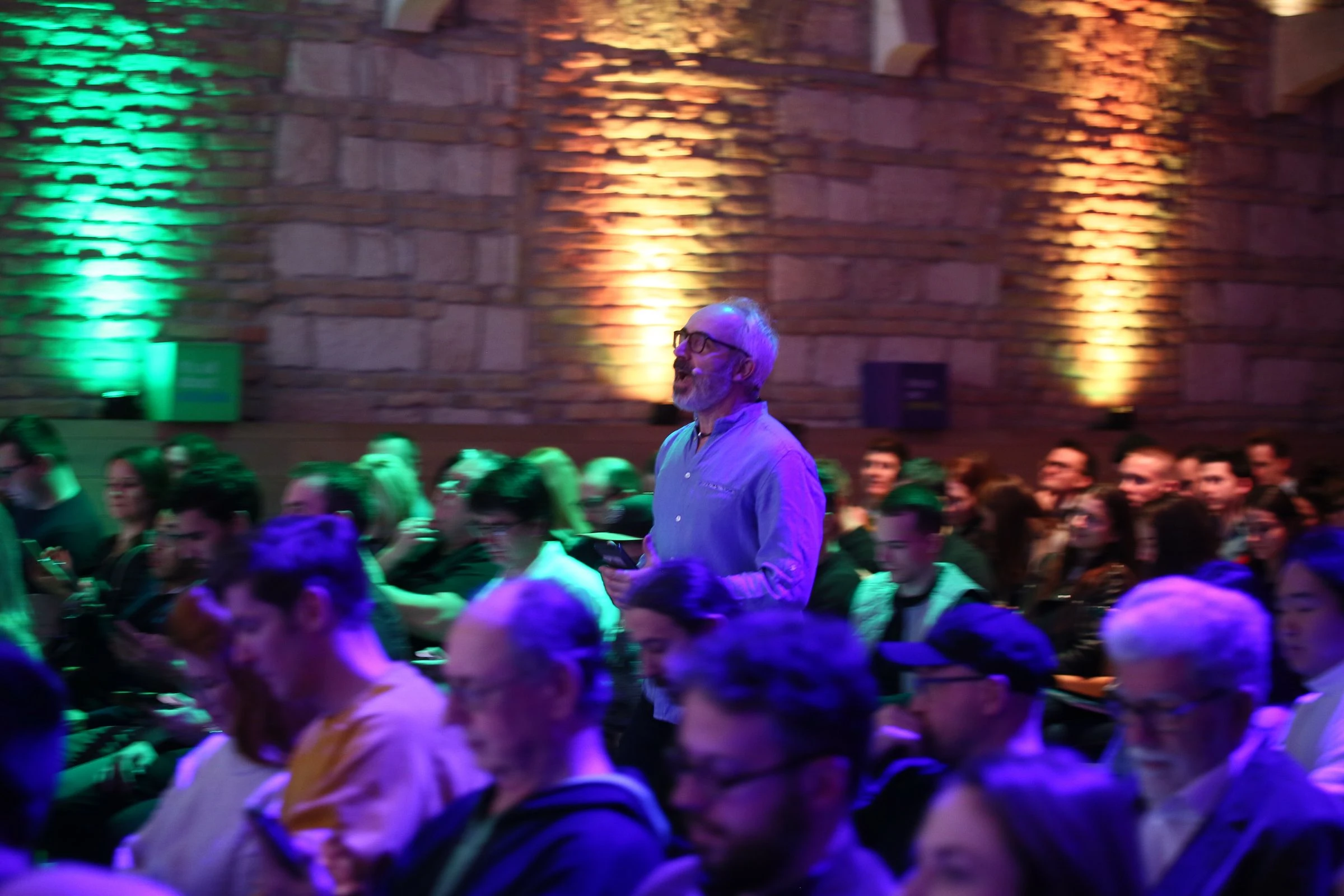about us
The Latham Method
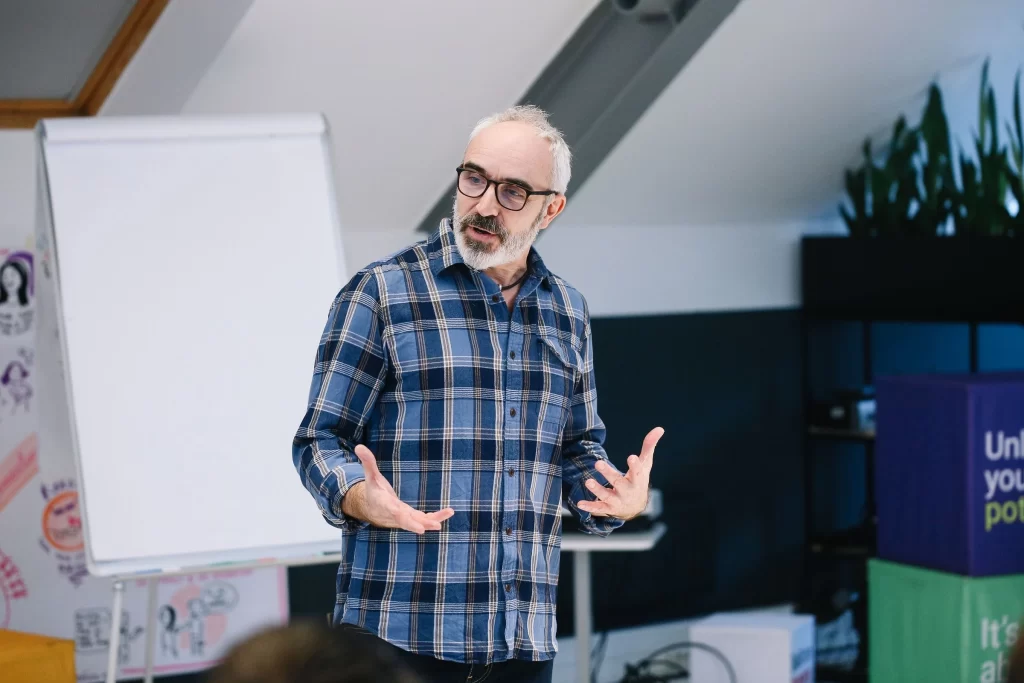
CONFIDENCE AND FREEDOM
Like many other actors I was painfully shy. Human relationships were confusing and difficult. I was very self-conscious and found it hard to connect with others.
Yet the stage was a place of safety, control and liberation. I had an excuse to act and behave in ways I didn’t have the confidence to do in real life. The rules were very clear and created a strong sense of trust and security for me to play and experiment. Through many productions I began to deepen an awareness of myself and others, making it easier to actually connect with people off stage and be more authentic on it.
I always felt there was more value to the actor’s toolkit and experience than has been often leveraged. This was the start of creating a training method.
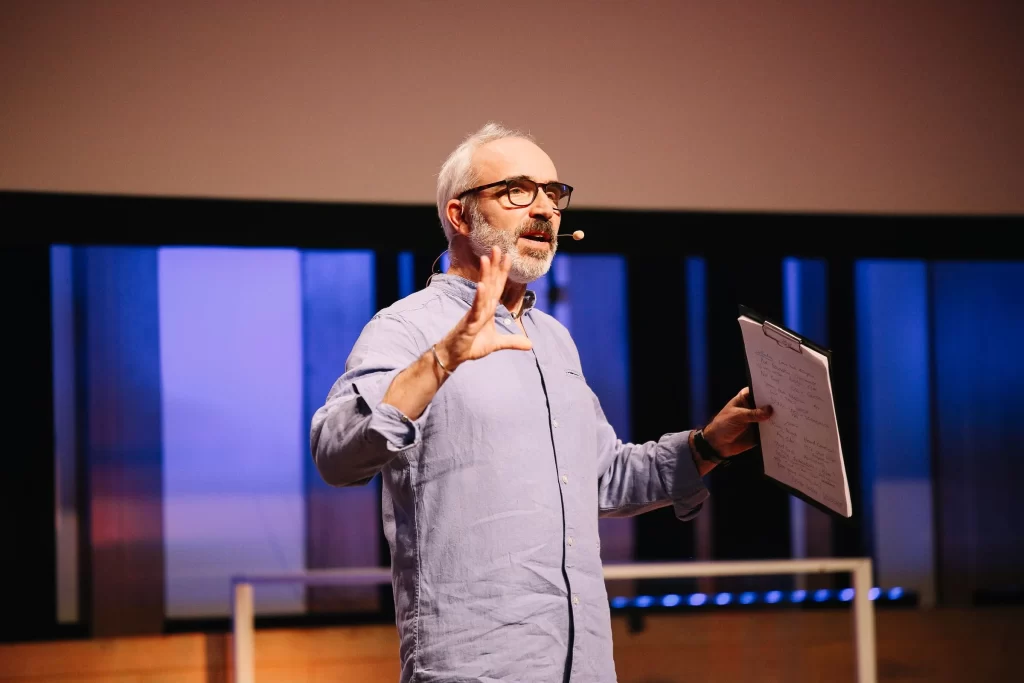
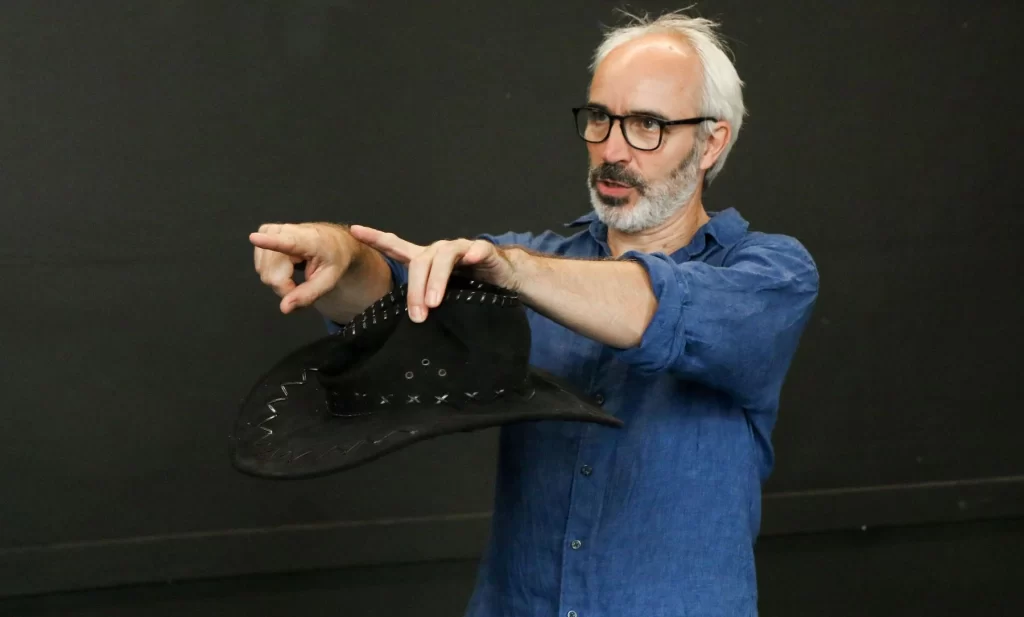
You can’t go home and think about things and come back and try something, you need to have something to try immediately. This is also true in live communication. We have meetings and presentations because we are hoping to achieve something and make something happen. The ability to galvanise the room, seize the moment and inspire others to take the initiative is not only fundamental to our success as professionals, it is also fundamental for our survival as human beings. When I first started working in business and political communication, I began to realise how useful some of the tools and techniques actors have could be, because they are simple and immediate. For example, you need a simple technique to quickly read and understand other characters and their motivations and you need simple tools to change your behaviour so that you can create different outcomes in others.
Working alongside psychologists and facilitators I began to see that there were many correlations and connections between the behavioural models and theoretical soft skills that were being taught and these very quick and immediate tools from the actors’ tool kit.
I realised that these skills if consciously used could liberate many people’s communication and also broaden their understanding of it. So over many years I have isolated and filtered techniques that can be quickly and easily applied in a bite-sized way. It means they can be put into practice and have immediate outcomes, so the participants feel the difference, experience it, remember, and know how to apply it. These quick, bite-sized skills and techniques are the tool kit of LathamFlow and the backbone of our trainings.
QUICK DECISIONS, SIMPLE TOOLS, GOOD OUTCOME
The world of theatre and film is very quick. Yes, you have time to prepare but in the rehearsal room or in front of the camera you have to be proactive. Everyone is looking to work the moment and make it as good as possible.
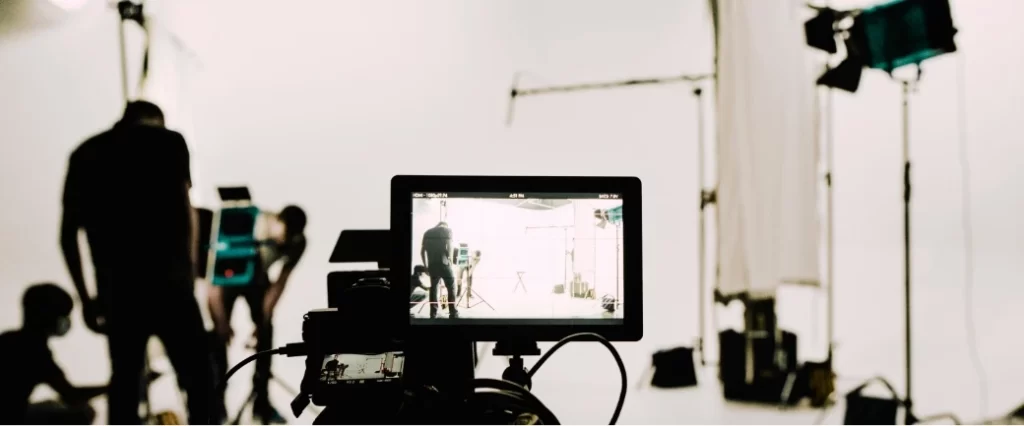
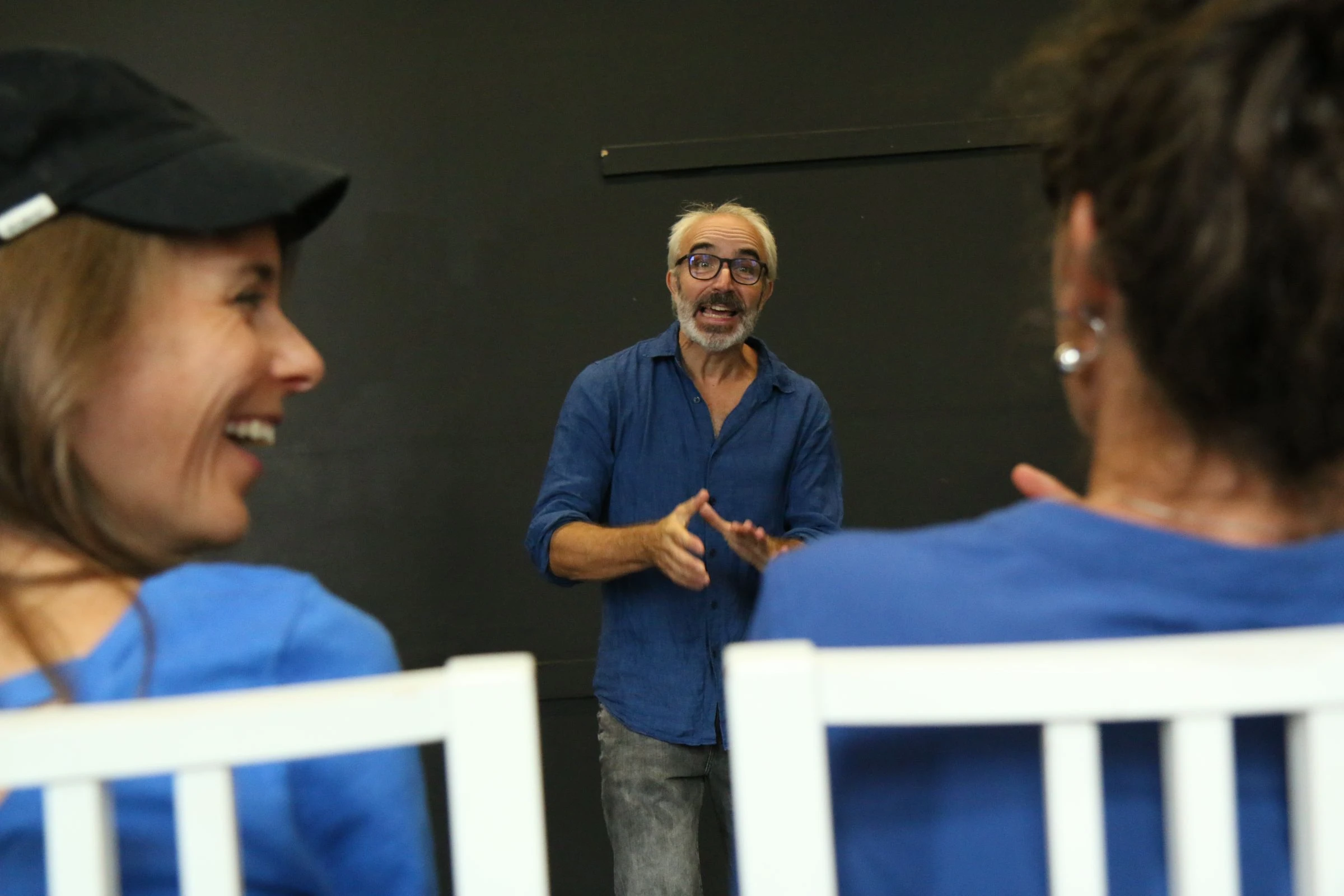
OUR APPROACH
MUSCLE MEMORY
We also run our training sessions very much like an actor’s workshop. There is a very important reason for this. Most of our learning is done experientially and physically. Our belief is that it’s not enough for participants to understand something they need to feel it. Only once they have felt and experienced something do they have a chance to alter their behaviour and implement the skills we are building.
THEATRE OF COMMUNICATION
Like it or not there is a huge amount of theatre in our everyday communication. It’s not a new idea; Shakespeare’s famous lines in “As You Like It” – “All the world’s a stage……” for example. Later these concepts have been further developed by Sociologists such as Erving Goffman and his theory of “the performed self”. We embrace roles that help us interact with others in a safe and comfortable way. Very often it’s subconscious but think for a moment about elite athletes and sportspeople. They often make very conscious decisions about the impact they want to make as they step out onto the court or field, their posture, stance, trigger movements, energy, presence. They do this knowing that the court or field is an empty space waiting to be filled and they want to make sure they grasp their space and begin to build an influence over the other players. They also know it will help create the right mindset for them to go on and achieve what they need to achieve. This has also been supported by the sciences in the work of psychologist Amy Cuddy and the neuroscientist Tali Sharot.
I believe that in critical situations and meetings we also need to be conscious of the theatre around us: to be able to read the posturing signals of others, prepare our own impact and entrance; and know how to enthuse or diffuse a situation.
With our approach we help you understand the theatre around you so that you can quickly define your role, and know how to prepare and how to act.
